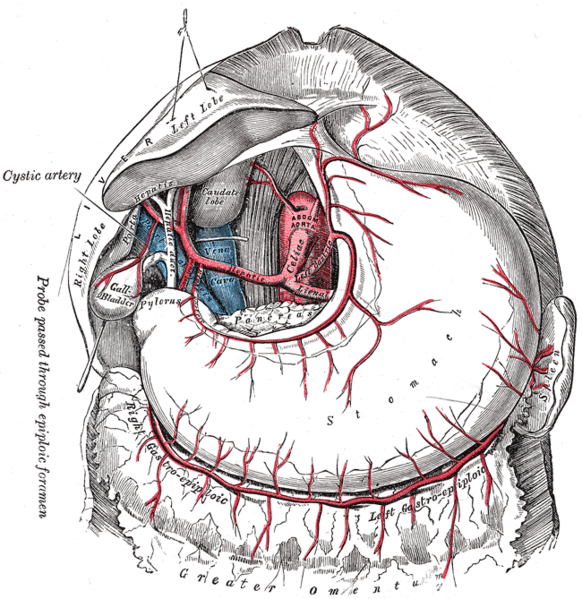Today we heard a great case of bilateral visual loss that was ultimately diagnosed as bilateral optic neuritis.
Acute demylenating optic neuritis typically presents with progressive unilateral eye pain (usually with movement) and visual loss over hours to one week. The visual loss may be exacerbated in the shower (Uhtoff's phenomenon). Progressive worsening over more than one week is atypical as is failure to improve within 4 weeks.
Patients will present with visual acuity loss (mild to severe), abnormal visual fields (typically central scotoma), decreased colour vision, and a relative afferent papillary defect. There may be papilitis of the optic nerve, but it may also appear normal in retrobulbar optic neuritis.
MRI brain can be helpful -- will typically show enhancement of the optic nerves with gadolinium. The presence/absence of other lesions typical of multiple sclerosis (periventricular horizontal projections AKA Dawson's fingers) corresponds to a 10 year risk of developing MS of ~55% and 25% respectively.
LP to look for oligoclonal banding is of use in patients whose MRI is not typical for MS to predict the risk of developing MS but the data set is small. Essentially all of the few patients in the optic neuritis treatment trial (ONTT) with a normal MRI and oligoclonal banding on LP went on to develop MS.
Intravenous methylprednisolone (250mg IV QID x 3days then prednisone 1mg/kg x 11 days) can improve the time to return of vision; however, there are no differences in visual acuity at 1 year. There may be a reduced risk of MS over 2 years, but it does not persist beyond that and this benefit is primarily for those with MRIs with typical MS abnormalities. It seems that oral prednisone was worse than placebo in terms of ON recurrance and consequently most people will avoid oral steroid monotherapy.
There is a good NEJM review
here. There is another good review
here.
There is a related disease to MS known as Devic's disease which involves the optic nerves and spinal cord and often spares the brain. A review of this condition is
here.
While optic neuritis is a rare
ophthamologic presentation of syphilis, the condition itself is treatable and a convincing history of primary syphilis is often absence. Consequently in any patient with "MS" or optic neuritis, syphilis should probably be excluded. There is debate over this statement.
B12 deficiency can also present with demyelenating lesions and bilateral
optic neuropathy and, although rare, should be considered.
This is a whole journal issue (Seminars in Ophthomology) devoted to
optic neuropathy and there are articles on ADON, infectious optic neuropathy, toxic optic neuropathy, and others.









